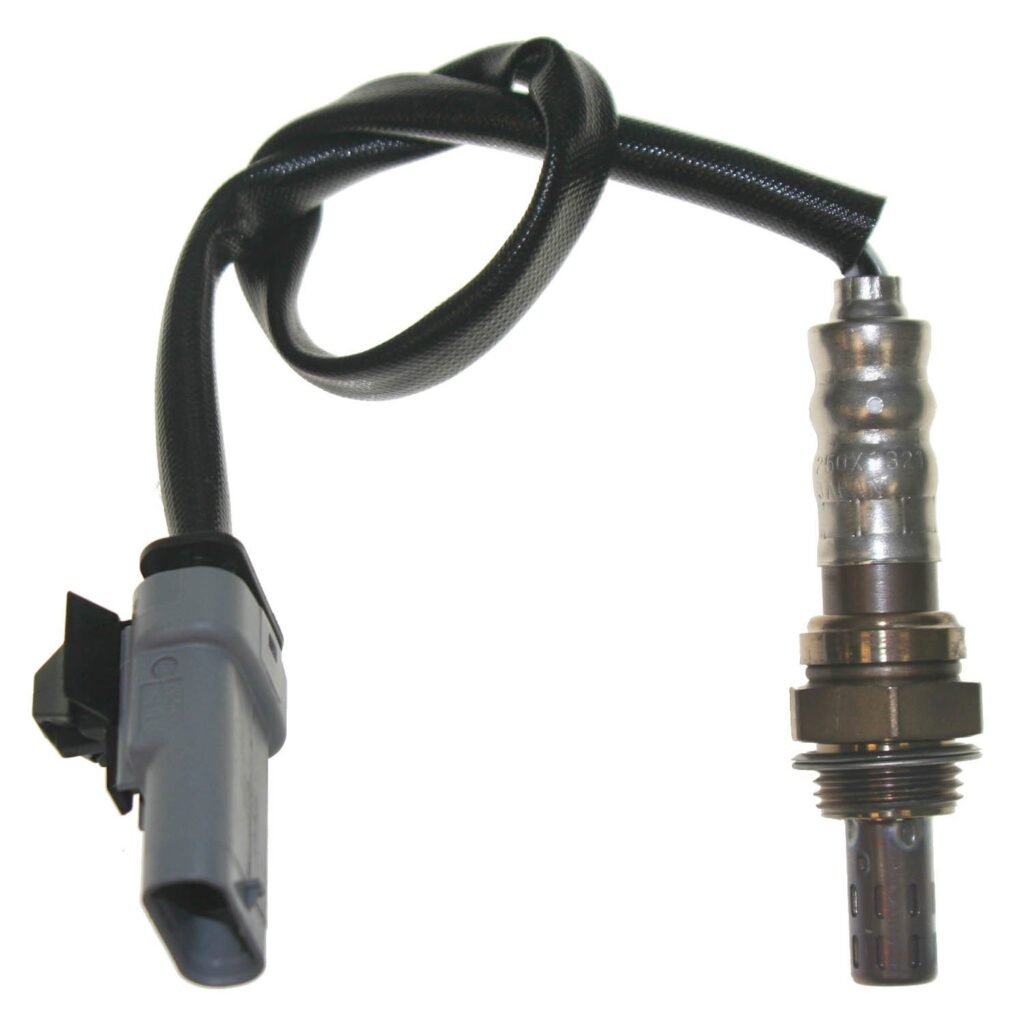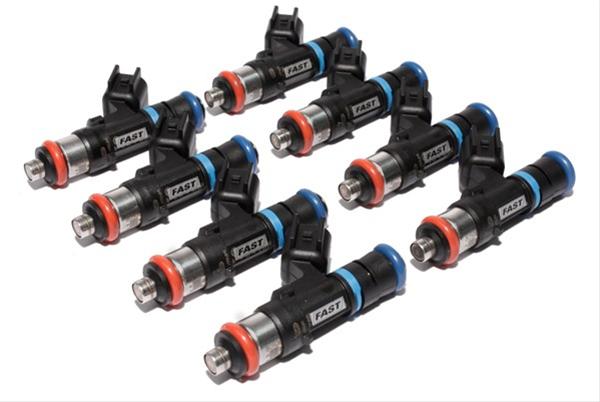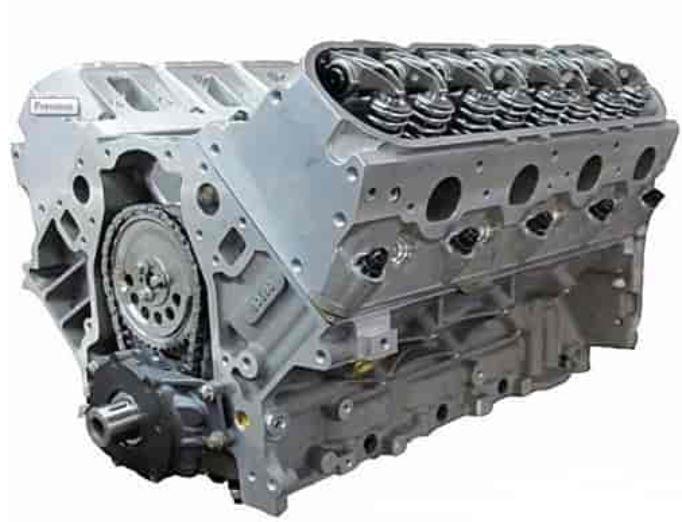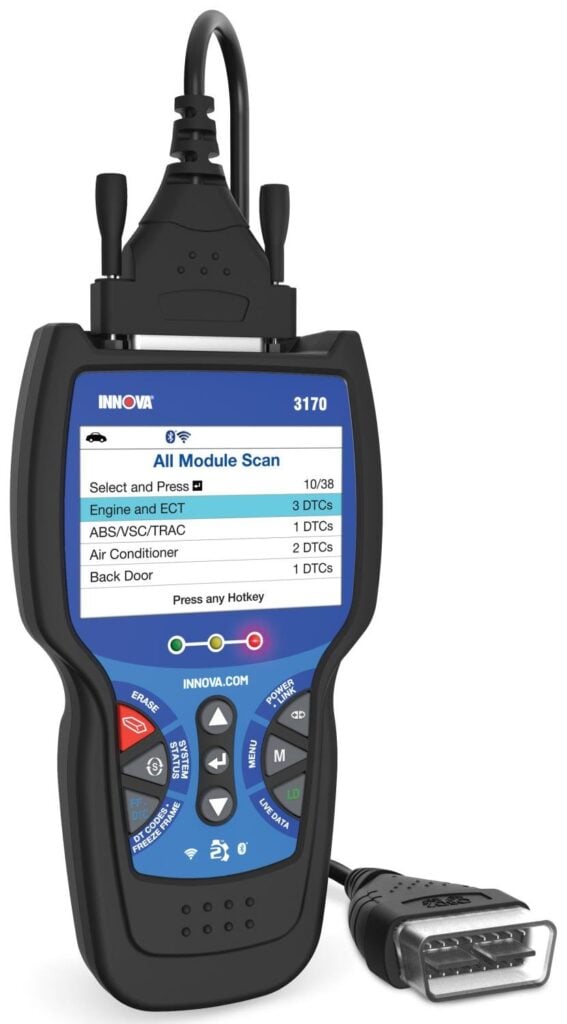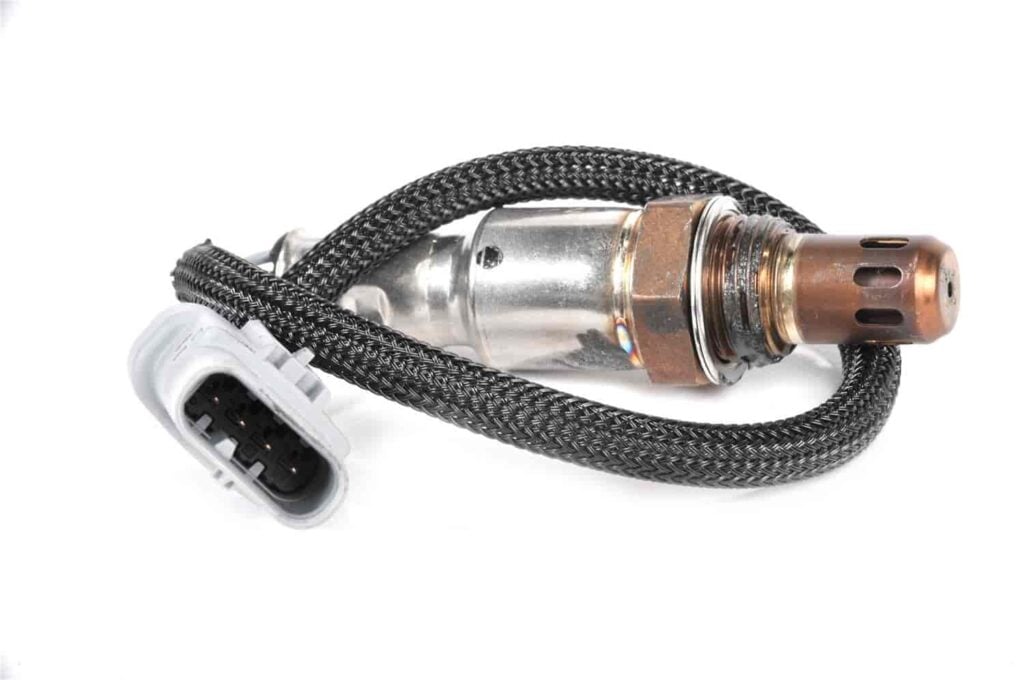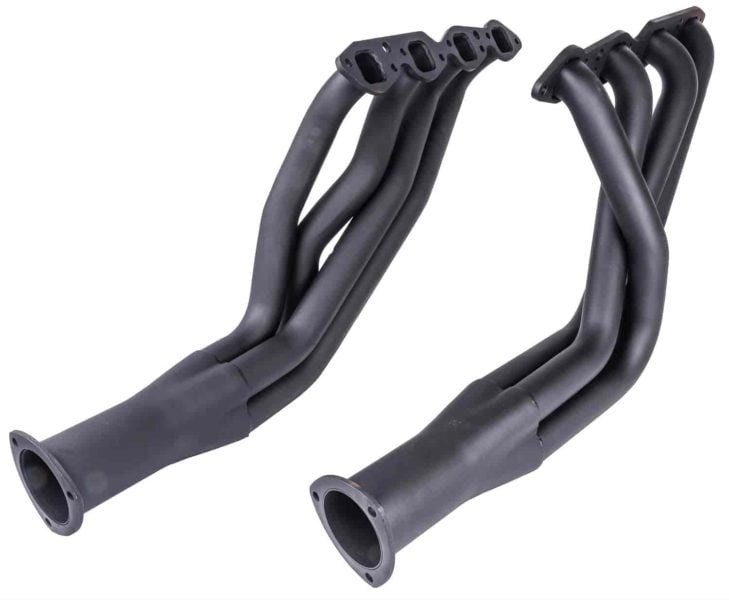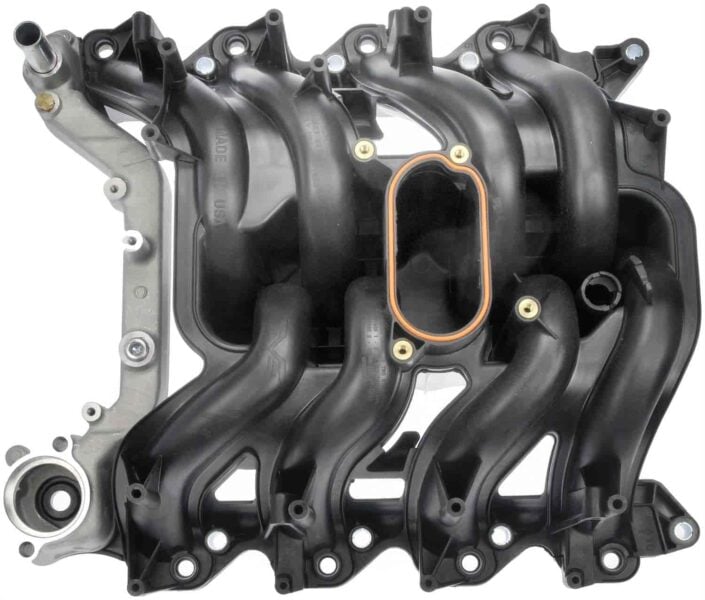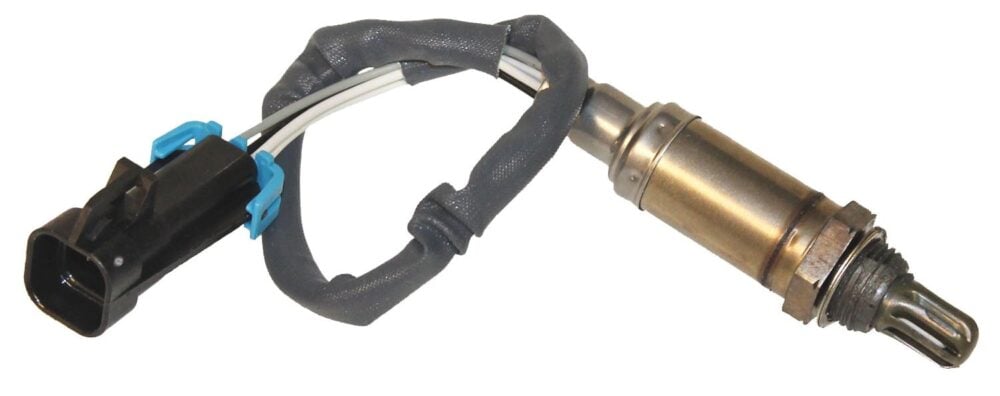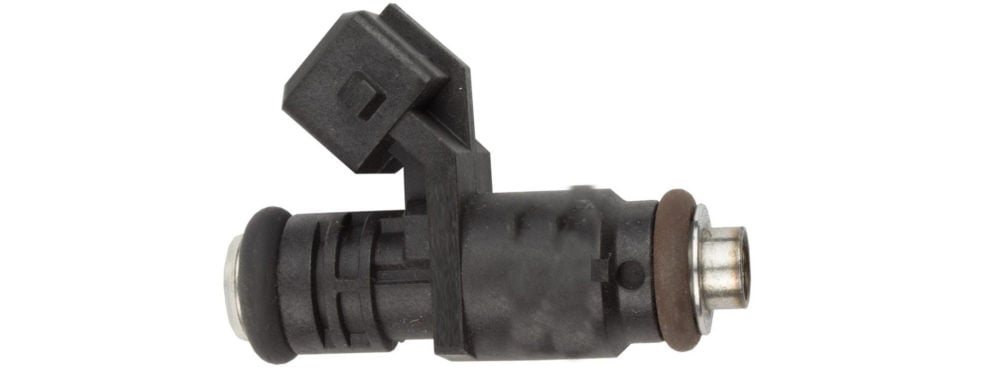Nothing can turn a joyful day sour faster than a Check Engine Light that appears on the dashboard. Unfortunately, it's a sign that something is wrong with one of your vehicle’s monitored systems, and it should always be addressed before you continue to drive. If the P0156 error code accompanies your Check Engine Light, it means that there's an issue with the second sensor in your O2 circuit, which measures oxygen in exhaust gases.
The good news is that you're in the right place if you’re dealing with a P0156 code. We take you through the code, notable symptoms and causes, and how to diagnose and repair the problem.
What Is a P0156 Code?
The P0156 code refers to an issue with your vehicle's oxygen sensor circuit, a series of sensors that sends information to your engine’s ECU. These readings help the computer adjust your engine’s air-to-fuel ratio or warn if too much fuel or oxygen is in the intake or exhaust. The specific reason for a P0156 code is an issue with the second sensor on the second bank of the engine.
This sensor is located right after the catalytic converter on the bank two sides of the engine. Bank 2 refers to the side of the engine that doesn't have the first cylinder, common in V8 and V6 engines with two separate rows of cylinders. When you pop the hood, bank 1 is usually on the left, and bank 2 is usually on the right. That said, always check your owner’s manual for more information about the location of your engine’s O2 sensors.
Location aside, the sensor reads the ECU or ECM through fluctuating voltage. These voltage measurements are usually between .1 and .9 volts. Readings closer to .1 indicate that too much air is in the exhaust gas (lean), whereas readings closer to .9 indicate too much fuel in the mixture (rich). If the voltage is too low or too high, it will trigger the code, and your Check Engine Light will turn on, accompanied by the P0156 code. A Check Engine Light can also be triggered if no voltage comes from the sensor.
What Are the Symptoms and Causes of a P0156 Code?
A handful of problems with your engine can trigger a P0156 code. Some of these issues will have noticeable symptoms, but you might not always be able to notice problems until it's too late. Therefore, watching for any changes to your engine’s performance is essential.
The first symptom you'll notice is the Check Engine Light accompanied by the P0156 code. This is the most obvious symptom, but you might also run into some other subtle problems, the most notable of which are idle or acceleration problems. Because the sensor responsible for the code measures the air and fuel ratio of exhaust fumes when it doesn't work correctly, too much air or fuel can be dumped into the cylinders and cause your engine to run lean or rich, which results in a rough idle or poor acceleration.
Another symptom you may notice over time is an increase in fuel consumption. When your engine is running rich, it will consume more fuel. You may also see black smoke coming from the exhaust, or you might fail an inspection if your state requires them.
When it comes to causes, a few things will trigger this code. First and foremost, O2 sensor circuits operate based on voltage, and they don't last forever, so it's possible that the sensor has burned out and can no longer send a reading to the ECU. Another common cause of the problem is a vacuum leak within the engine. For example, a hole in the exhaust could cause an incorrect reading from the sensor.
Some other less common causes include issues with the fuel injection system or a problem with your engine’s intake system. Insufficient fuel will enter the cylinders if your fuel injectors are clogged, resulting in a lean mixture. On the other hand, injectors that malfunction and inject too much fuel will cause a rich mixture. This also applies to the intake system, which can be due to an intake problem or intake manifold issue. If the intake is clogged, insufficient air will reach the cylinders, resulting in a rich reading.
How Serious Is the P0156 Code?
Regardless of the code, you should always avoid driving when your Check Engine Light is on. The P0156 error code is not the most severe out there. You can get away with driving for a few miles and take your vehicle into the shop without a tow truck, but driving for thousands of miles with this error code isn't recommended.
Still, you should address the issue sooner rather than later because your engine needs the proper air-to-fuel ratio to function correctly. Problems with this ratio can lead to more fuel consumption and issues with combustion that can lead to damaged pistons, piston rings, and other components.
How Easy Is It to Diagnose the P0156 Code?
The P0156 code is easy to diagnose if you have the right tools and some technical knowledge. You'll need an OBD-II scanner that can read engine error codes to get started. You can plug these tools into the ECU to read error codes so you can use them to determine which error code you’re working with. If your OBD-II scanner reads a P0156 error code, you know what you’re dealing with, and you can start focusing on examining the vehicle.
The first thing you should do is visually inspect the oxygen sensor. Look for any damage, corrosion, or contamination on the sensor, which can lead to improper readings. You should also check the wires around the sensor to see if they're melted or frayed; any damage to the wires can cause problems with the sensor's reading. If the sensor and wires look fine, you can test the circuit’s voltage with a multimeter.
When the sensor is fine and functional, it's time to check for other problems. Inspect your engine for exhaust, manifold, or other vacuum leaks. It's also possible for your ECU to not function correctly, although this issue is rare. It can be difficult to pinpoint problems with a P0156 code, so we always recommend taking your vehicle to a technician if you need help.
Whether you need an OBD-II scanner to discover what engine error code you have or a replacement O2 sensor, JEGS has you covered with premium parts from the best brands in the industry. Shop online and get the wires, sensors, or scanners you need to get back on the road fast.

